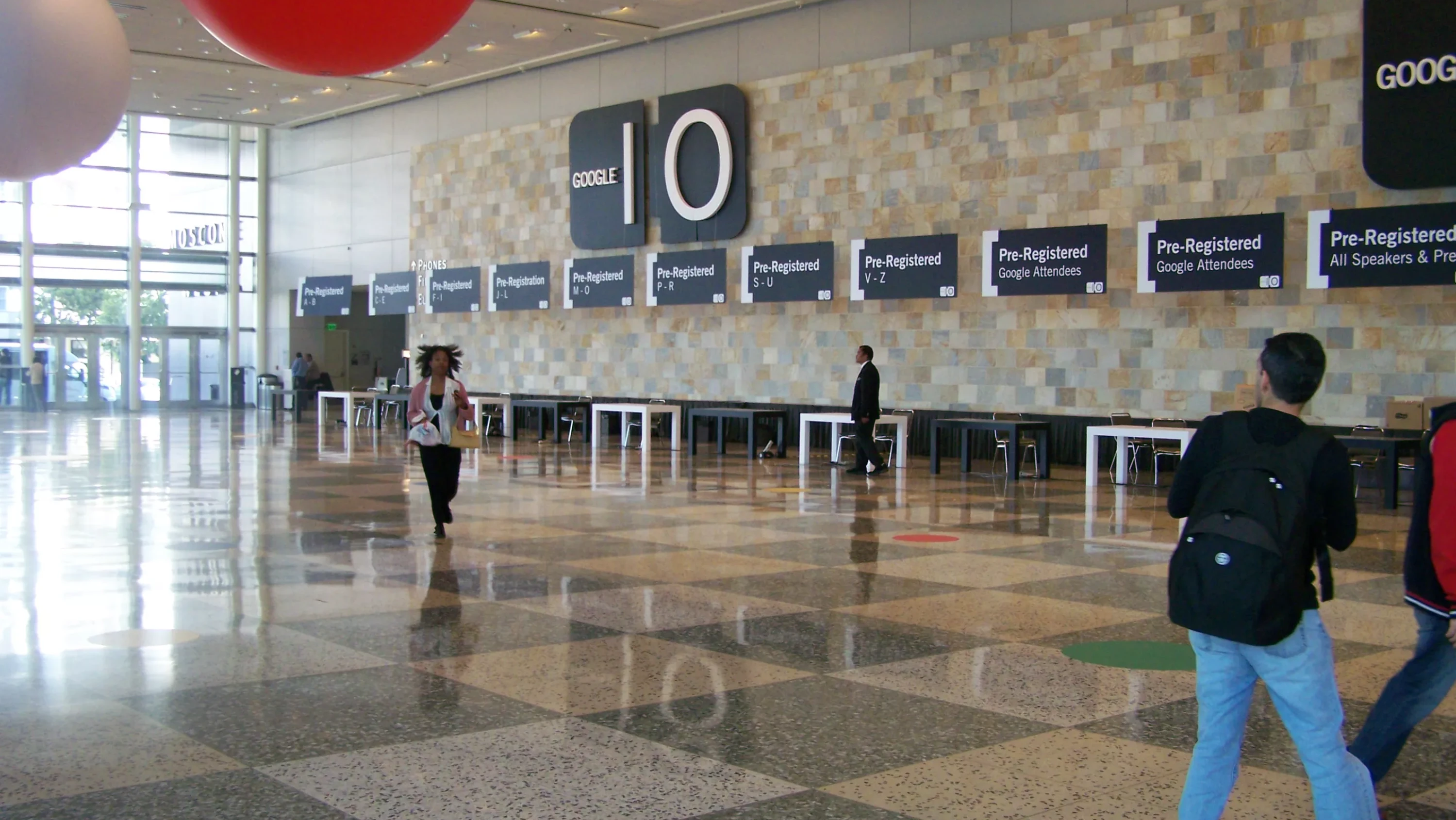Google is following its trend from last year’s Google Developer Day by posting up videos of all of the sessions on YouTube, but so far I can only find the Opening Keynote. They promised that they would upload them all within a week, so expect more parts of my reviews of Google I/O as they become available.
Below you can find the video of the opening Keynote by Vic Gundotra entitled “Client, Connectivity, and the Cloud” which was an informative way to talk about all of the primary topics of conversation at the conference.
I’m going to focus this review of the keynote on the products they went through:
Gears: They mentioned gears again, and invited a developer from MySpace who showed off how they’ve added Gears implementation to the MySpace mail to do fast real-time full-text search using the local database. They also praised the developers of HTML5 for taking the power of Gears and putting it into what is an upcoming standard.
Android: Next Vic talked about Android, Google’s open-source mobile stack, and brought up an Android developer to demo how Android works on a prototype model. I don’t do a lot of mobile development, so I won’t say much in any of my review articles about Android, however in the demo they did show one little sample of what could be done with an all-new mobile street view and a built-in compass. The Android demo is at about 27 minutes into the keynote and I recommend you watch it because there is no way I can describe it that will match the impressive demo. One thing that is pretty cool about Android is that the web browser is Webkit, which is the same browser technology used on the iPhone. They showed off Google Grand Prix (the mobile version of Google for the iPhone) and said that they did not have to make any changes for it to work on Android. This is pretty cool because it means if I develop a mobile app that takes advantage of iPhone capabilities, it will work just as well on Android devices, so perhaps I should start developing iPhone web apps after all.
App Engine: I won’t give a review of App Engine here, because I already Reviewed App Engine in Part I of this series. The two big announcements that they made are that anybody can register an app on App Engine now (instead of the limited 10,000 user beta previously) and that they have pricing available now for the applications that go beyond the free quotas they’ve given.
GData APIs and AJAX APIs: Again I don’t want to review GData and AJAX APIs here because I went to a few of the sessions on this track and so I’ll review them elsewhere, plus this isn’t particularly new, as GData APIs have been out for a long time now. One thing that is really cool with the Google AJAX JavaScript API though is that they’ve added a new set of loaders in addition to their existing Google API loaders, you can now load various different versions of JQuery, Prototype, Scriptaculous, MooTools, and dojo. This is pretty cool because when you develop rich applications in javascript using Google APIs, you tend to also use a javascript framework like one of the ones mentioned above. Now you can make one remote javascript load to Google, and minimize the calls you have to make, very cool. It’s difficult for me to explain why this is cool, so I won’t bother, instead, here’s another video that explains what’s great about it.
Google Web Toolkit: This is another product that I don’t personally use, mostly because I don’t use it as I am not a JAVA Developer. Google Web Toolkit is a set of tools and libraries that let you write an AJAX Application in JAVA, and compile it into JavaScript. I know some JAVA Developers who love this program in order to create JavaScript using JAVA and do easy complex AJAX applications, but it’s not really for me. I generally write my own JavaScript.
OpenSocial: Google announced OpenSocial quite some time ago, but it is starting to take off finally, and I’m excited to see some of the things I can work on with OpenSocial, but I’m not going to say much more about that here.
Stay tuned for more reviews of things learned at Google I/O, particularly my upcoming review of the second day’s keynote, which was very fascinating.
